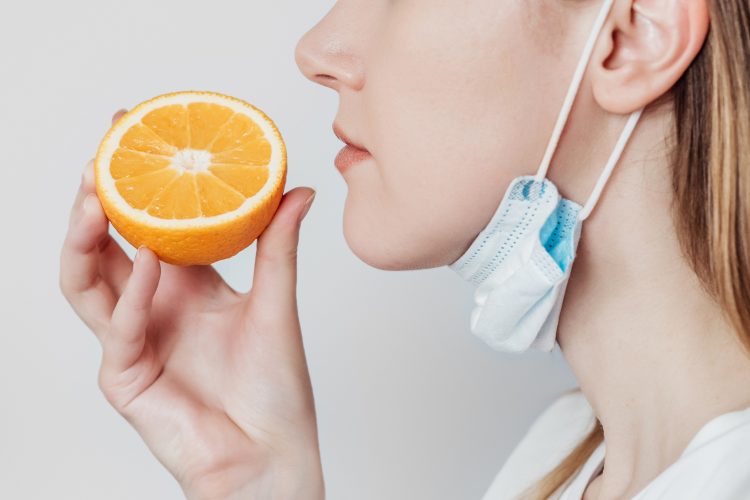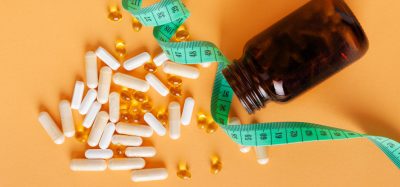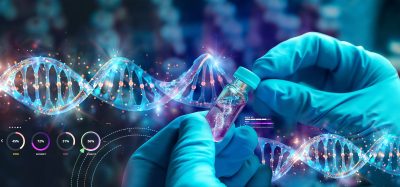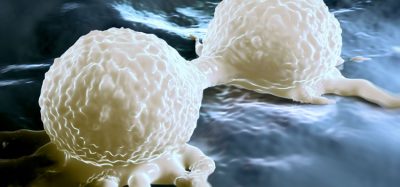3D model reveals hidden drivers of smell regeneration
Posted: 18 June 2025 | Drug Target Review | No comments yet
Scientists have developed a simple- 3D mouse tissue model to study how the nose regenerates smell-sensing neurons. The goal is to create an organoid system that can be used to screen potential therapies for smell loss.


Using a newly developed, 3D model to study nerve regeneration in the nose, researchers at Tufts University School of Medicine and the Graduate School of Biomedical Sciences (GSBS) have identified an unexpected unexpected contributor to our sense of smell. Their findings reveal that a type of stem cell once thought to be mostly dormant might play a role in supporting the regeneration of olfactory neurons – the sensory neurons responsible for enabling our sense of smell.
Unlike cells in the central nervous system, sensory neurons in the nasal cavity demonstrate a real capacity for regeneration throughout life. This resilience is constantly tested by environmental exposure, viral infections and the aging process. All of these can impair function or replication of these cells, leading to partial or total loss of smell.
To better understand how olfactory neurons regenerate, the researchers at Tufts created a novel, easy-to-assemble 3D olfactory tissue model derived from mouse cells. This organoid model allows scientists to investigate how new sensory neurons are formed in the nose, and why this process can deteriorate with disease or age.
Automation now plays a central role in discovery. From self-driving laboratories to real-time bioprocessing
This report explores how data-driven systems improve reproducibility, speed decisions and make scale achievable across research and development.
Inside the report:
- Advance discovery through miniaturised, high-throughput and animal-free systems
- Integrate AI, robotics and analytics to speed decision-making
- Streamline cell therapy and bioprocess QC for scale and compliance
- And more!
This report unlocks perspectives that show how automation is changing the scale and quality of discovery. The result is faster insight, stronger data and better science – access your free copy today
Stem cell collaboration: HBCs and GBCs
The study, published in Cell Reports Methods, focuses on two types of olfactory stem cells: horizontal basal cells (HBCs) and globose basal cells (GBCs). The researchers discovered that these cells are not only active participants in neuroregeneration but also work in close communication to produce new smell-sensing tissue.
“Our research suggests that these two stem cells may be interdependent,” says Brian Lin, senior author on the study and a research assistant professor in the Department of Developmental, Molecular and Chemical Biology. “One type that we thought was largely dormant, HBCs, may actually play a crucial role in supporting the production of new neurons and the repair of damaged tissue.”
The role of KRT5 and the hidden power of HBCs
Digging deeper into the stem cell dynamics, the researchers found a subpopulation of HBCs defined by the production of a protein called KRT5. These KRT5-positive HBCs were found to actively support the generation of new olfactory neurons within the organoid model.
When these HBCs were selectively removed from the culture, neuron formation was significantly impaired – highlighting their essential role in olfactory regeneration.
Aging and a decline in neuron formation
The researchers also explored how ageing affects this regenerative process. “We also looked at cells from mice of different ages and grew them in the model,” Lin says. “We found a decline in the ability of the older mice cells to generate new neurons. We think this is due to a decrease in the GBC population as we age, but we need to do more work to test this hypothesis and if so, develop ways to rejuvenate them.”
Building a model for all labs
Lead author Juliana Gutschow Gameiro, a visiting Ph.D. student from the State University of Londrina in Brazil, spearheaded the development of the model with accessibility in mind.
“Because loss of smell is associated with COVID-19, as well as with Parkinson’s disease and other conditions, a much larger number of researchers from a variety of different fields have begun researching olfactory epithelial cells in the last few years,” says Lin.
“We wanted to develop an easy-to-use model so that non-stem cell biologists and those working in labs with limited resources could use it to better understand how olfactory neurons regenerate and what happens that causes that process to diminish or fail completely,” he adds.
Toward a human olfactory organoid
The main goal of the project is to translate this mouse tissue model into a human organoid system that can be used to screen potential therapies for people who have lost their sense of smell.
Organoids have already revolutionised pre-clinical research in organs like the lungs and kidneys by making experiments more effective. But a similar model for human olfactory tissue has remained hard to find.
Individuals are anesthetised and a brush like a COVID test wand is pushed deep into the nasal cavity. Unlike in their mouse model, human respiratory stem cells and olfactory stem cells collected in this process are difficult to separate.
Now, the team’s next major challenge is to develop an inexpensive and reliable way to isolate human olfactory stem cells and encourage them to grow in culture. This will hopefully bring the possibility of personalised smell-restoring therapies closer to being a reality.
Related topics
Cell Regeneration, Disease Research, In Vitro, Microscopy, Neurons, Neurosciences, Organoids, Stem Cells, Translational Science
Related conditions
smell loss
Related organisations
Tufts University
Related people
Brian Lin (Research Assistant Professor at Tufts)








